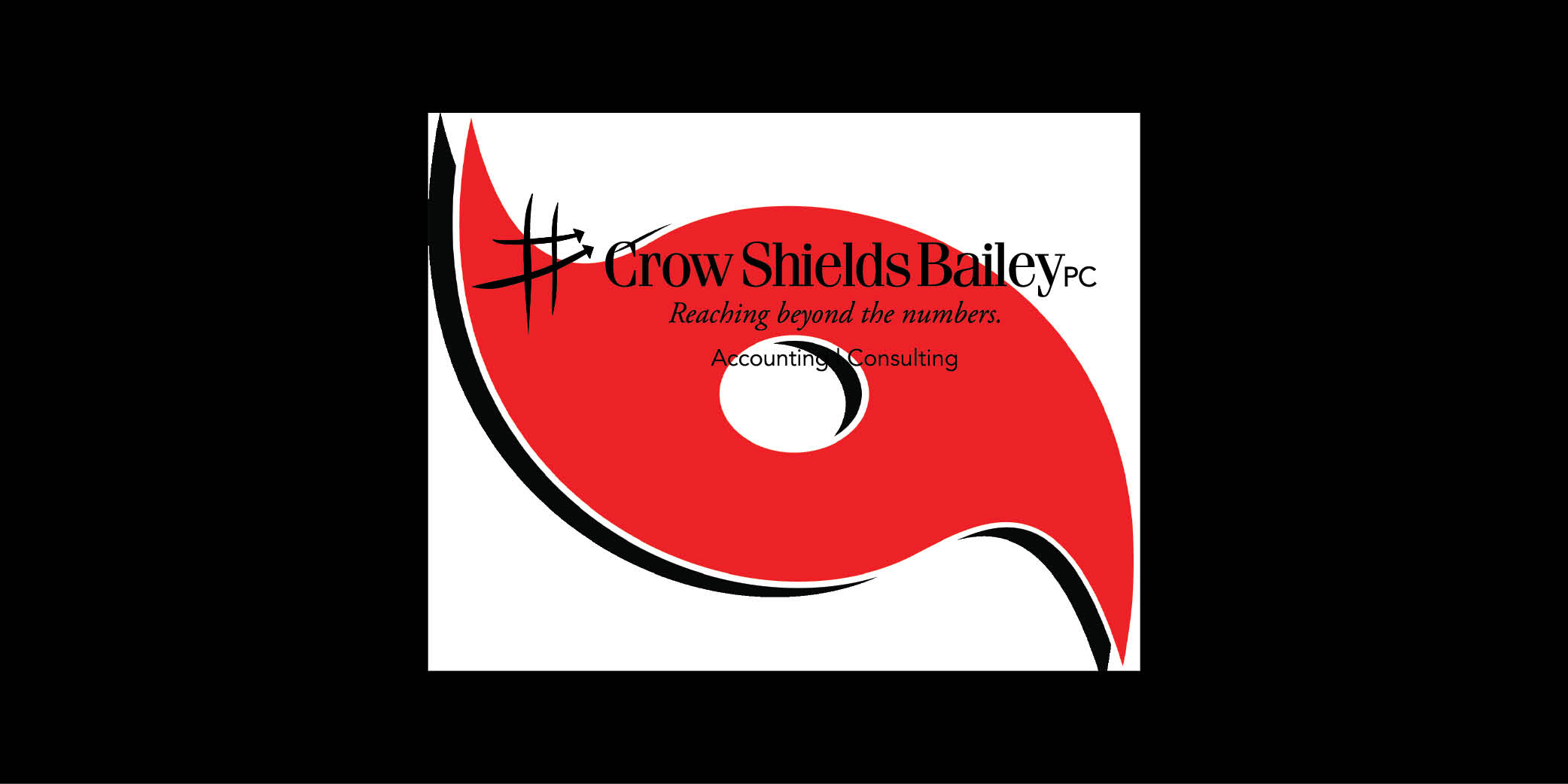Restaurant Revitalization Fund
The American Rescue Plan Act of 2021 includes $28.6 billion in nontaxable grants for restaurants and restaurant-related businesses. This program will provide relief for many businesses in the restaurant industry, assisting in recovery from 2020 and to make it through the next few months, as states begin to reopen and vaccine distribution increases. Projections indicate some time in May or June of 2021 for a potential operational date.
Guidance is still limited to statutory language, and additional guidance is expected in the coming weeks. For now, this is what we know.
- What type of entity is eligible for a restaurant revitalization grant? Eligible entities include restaurants; food stands/trucks/carts; caterers; saloons; inns; taverns; bars; lounges; brew pubs; tasting rooms; taprooms; licensed facilities or premises of beverage alcohol producers where the public may taste, sample, or purchase products; or other similar places of business in which the public or patrons assemble for the primary purpose of being served food and drink. Any of these entities located in an airport terminal or that is Tribally-owned is also eligible.
- What type of entity is not eligible? Entities above that are state or local government-operated; entities that as of March 13, 2020, own or operate (together with any affiliated business) more than 20 locations, regardless of whether those locations do business under the same or multiple names; entities which have a pending application for or have received a Shuttered Venue Operator Grant; or any entity that is a publicly-traded company.
- What is the definition of “affiliated business?” A business in which an eligible entity has an equity or right to profit distributions of not less than 50%, or in which an eligible entity has the contractual authority to control the direction of the business, provided that such affiliation shall be determined as of any arrangements or agreements in existence as of March 13, 2020.
- How does an eligible entity determine the amount of the grant? The amount is equal to the pandemic-related revenue loss of the eligible entity. The total grant will not exceed $10 million and is limited to $5 million per physical location.
- How does an eligible entity calculate its pandemic-related revenue loss? For an entity that was in operation for the entirety of 2019 and 2020, the pandemic-related revenue loss is calculated by subtracting the 2020 gross receipts of the eligible entity from the 2019 gross receipts of the eligible entity.
For an eligible entity that was not in operation for the entirety of 2019, the pandemic-related revenue loss is calculated by taking the difference between the average monthly gross receipts of the eligible entity in 2019 multiplied by 12 and the average monthly gross receipts of the eligible entity in 2020 multiplied by 12. The Administrator may issue a separate formula to determine this amount.
For an eligible entity that opened during the period beginning on Jan. 1, 2020 and ending March 10, 2020, the grant amount is the amount of eligible expenses incurred less any gross receipts. The Administrator may issue a separate formula to determine this amount.
For an eligible entity that has not yet opened as of the date of grant application, but has incurred eligible expenses, the grant amount is equal to the amount of those expenses. The Administrator may issue a separate formula to determine this amount.
For all eligible entities, the pandemic-related revenue loss is to be reduced by any amounts received from a Paycheck Protection Program (PPP) loan (2020 PPP and 2021 PPP, if applicable).
- How does an eligible entity compute gross receipts? The SBA has not yet issued guidance on how to compute gross receipts. However, an eligible entity may wish to determine gross receipts utilizing the SBA PPP gross receipts criteria to estimate the pandemic-related revenue loss. For a for-profit business, gross receipts are defined for PPP as All revenue in whatever form received or accrued (in accordance with the entity’s accounting method, i.e., accrual or cash) from whatever source, including from the sales of products or services, interest, dividends, rents, royalties, fees, or commissions, reduced by returns and allowances but excluding net capital gains and losses. 2. These terms carry the definitions used and reported on IRS tax return forms.
Gross receipts do not include the following: 1. Taxes collected for and remitted to a taxing authority if included in gross or total income, such as sales or other taxes collected from customers (this does not include taxes levied on the concern or its employees); 2. Proceeds from transactions between a concern and its domestic or foreign affiliates; and 3. Amounts collected for another by a travel agent, real estate agent, advertising agent, conference management service provider, freight forwarder or customs broker.
All other items, such as subcontractor costs, reimbursements for purchases a contractor makes at a customer’s request, investment income, and employee-based costs such as payroll taxes, may not be excluded from gross receipts.
- What costs are considered eligible expenses? Eligible expenses are: Payroll costs (as defined under the PPP), except for qualified wages taken into account in determining the Employee Retention Credit or premiums taken into account in determining the continuation coverage premiums credit under the American Rescue Plan Act of 2021; 2. payments of principal or interest on any mortgage obligation (no prepayment of principal allowed); 3. rent payments, including rent under a lease agreement (no prepayment of rent allowed); 4. utilities; 5. maintenance expenses including construction to accommodate outdoor seating, and walls, floors, deck surfaces, furniture, fixtures, and equipment; 6. supplies, including protective equipment and cleaning materials; 7. food and beverage expenses that are within the scope of the normal business practice of the eligible entity; 8. covered supplier costs; 9. operational expenses; 10. paid sick leave; and 11. any other expenses provided by the SBA Administrator.
- What is the covered period? The period beginning on Feb. 15, 2020 and ending on Dec. 31, 2021, or a date to be determined by the SBA Administrator that is not later than March 11, 2023.
- Is there a priority in awarding grants? Yes, During the initial 21-day period in which grants are awarded, Congress instructs the SBA to prioritize grants to eligible entities that are small business concerns owned and controlled by women, small business concerns owned and control by veterans, or socially and economically disadvantaged small business concerns.
- Is the grant taxable and/or is an eligible entity allowed deductions for covered expenses paid for with the grant funding? The grant is exempt from federal taxation and no expenses are disallowed as a result of the use of the grant funding.
- How does an eligible entity apply? The SBA has not yet announced how to apply. Congress has instructed the SBA to prioritize the ability of each applicant to use their existing business identifiers over requiring other forms of registration or identification that may not be common to their industry.
- What can an eligible entity do now to prepare? An eligible entity should use the SBA PPP provided gross receipts definition to compute the decline in gross receipts and then subtract from that amount any funding received from any PPP loan.
- Does an eligible entity need to make any certifications on the application? There may be more certifications to make than this, but the statute requires an eligible entity to certify that 1. The uncertainty of current economic conditions makes necessary the grant request to support the ongoing operations of the eligible entity, and 2. the eligible entity has not applied for or received a Shuttered Venue Operator Grant.
- Is there a forgiveness application? This is a grant program and not a loan program. However, there may be reporting required to substantiate that the grant was utilized for allowable purposes.
We will release more information once more guidance is released on this matter. If you have any questions, please contact us at 251-343-1012.



